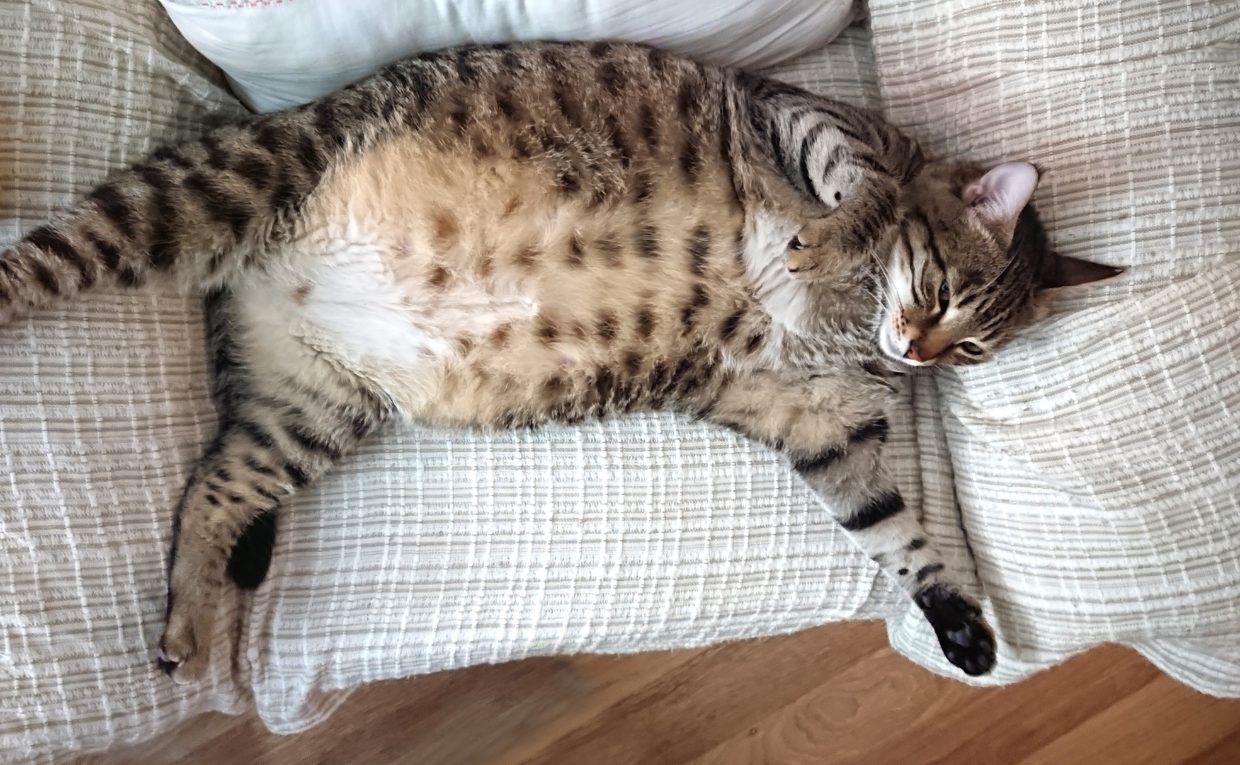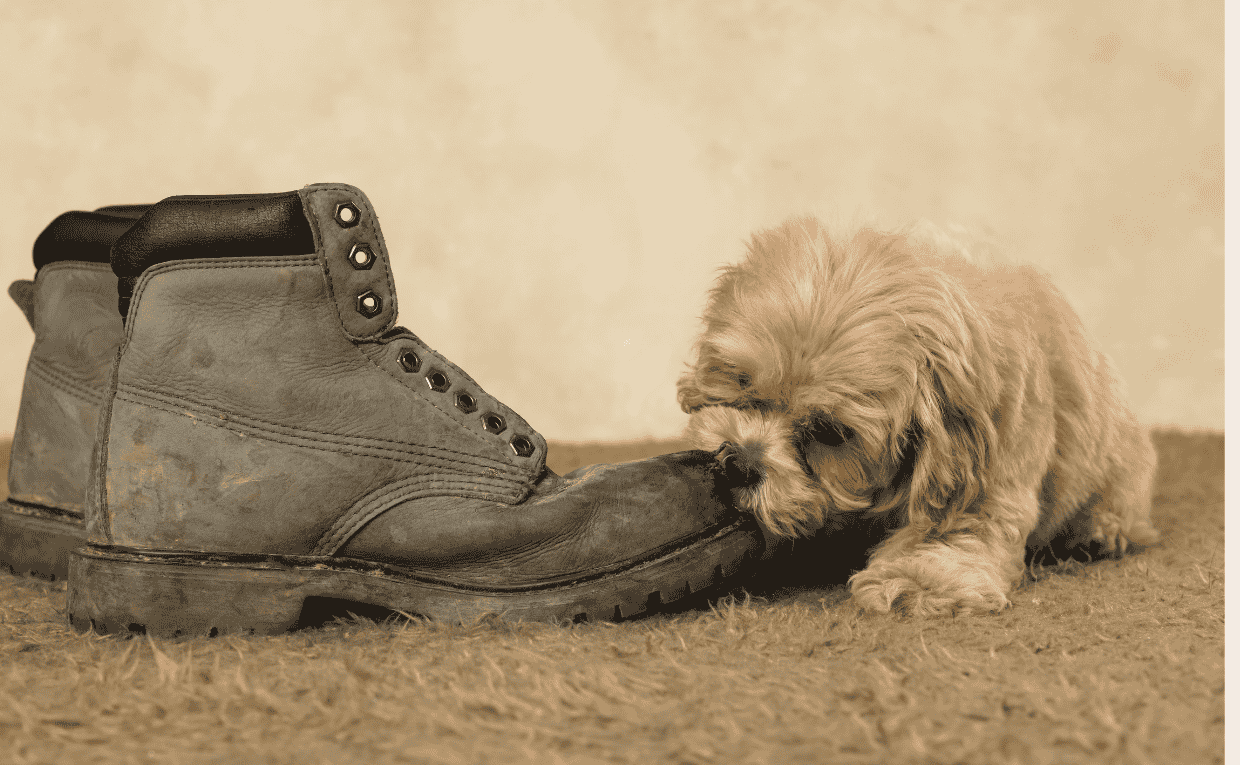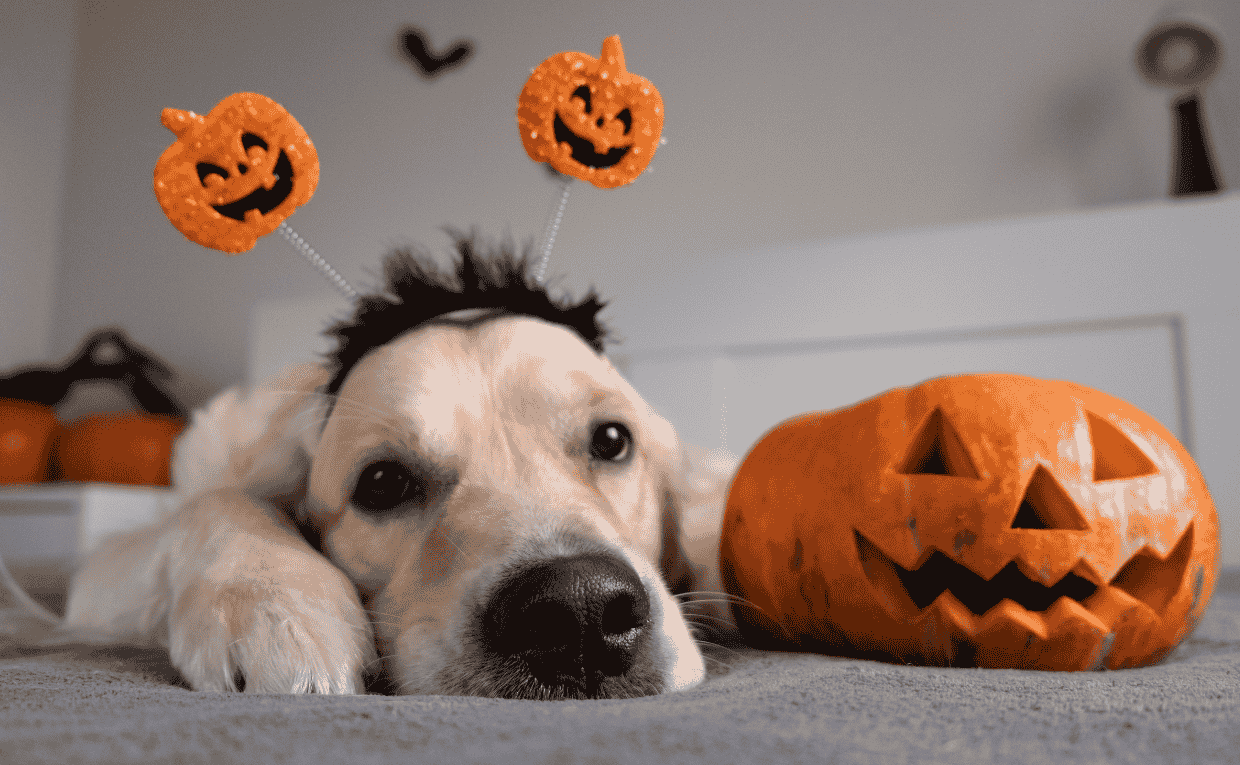Because a healthy pet is a happy pet!
As pet parents, we love to spoil our furry friends—with treats, cuddles, and maybe a few extra servings at dinner. But over time, those extra calories can add up, leading to weight gain that’s easy to miss—until it’s already a problem.
Being overweight doesn’t just affect how your pet looks—it can seriously impact their quality of life, increase the risk of chronic diseases, and even shorten their lifespan. But don’t worry—with a little knowledge and consistency, keeping your pet at a healthy weight is totally doable!
At All Furry Tales, we’re here to help you understand the signs of unhealthy weight and offer practical, vet-approved solutions to get your pet back on track.
What’s a Healthy Weight for Pets?
A healthy weight can vary depending on your pet’s breed, age, size, and activity level. It’s not about a number on the scale—it’s about body condition.
Most vets use something called the Body Condition Score (BCS), which ranges from 1 to 9:
- 1–3: Underweight
- 4–5: Ideal weight
- 6–9: Overweight to obese
At an ideal weight, your pet should:
- Have a visible waist when viewed from above
- Have ribs that you can feel but not see, with a thin fat covering
- Move around comfortably without tiring quickly
Common Signs Your Pet Might Be Overweight
Here are a few red flags that could indicate your furry friend is carrying extra weight:
1. No Visible Waistline
When you look down from above, can you see a natural curve between the ribs and hips? If not, it may be time to reassess their body shape.
2. You Can’t Feel Their Ribs Easily
You should be able to gently feel your pet’s ribs without pressing too hard. If you can’t, there’s likely a layer of excess fat.
3. Low Energy Levels
Is your pet less interested in walks, playtime, or stairs? Extra weight can put stress on joints and make them tire quickly.
4. Heavy Breathing After Mild Activity
Puffing and panting after short bursts of movement can signal that the body is working harder than it should.
5. Noticeable Fat Pads
Check for fat deposits around the neck, base of the tail, or behind the front legs.
Health Risks of Pet Obesity
Extra weight doesn’t just slow your pet down—it can also cause serious health issues, such as:
- Diabetes
- Arthritis and joint pain
- Heart disease
- High blood pressure
- Increased risk during surgery or anesthesia
- Shortened life expectancy
Keeping your pet at a healthy weight can reduce vet bills and give them more vibrant, active years by your side.
1. Portion Control
Feeding guidelines on pet food packaging are just a starting point. Your vet can help determine the right amount for your pet’s needs. Try:
- Measuring meals instead of guessing
- Avoiding free-feeding (leaving food out all day)
- Feeding twice a day at set times
2. Limit Treats (But Don’t Eliminate Them)
We all love giving treats—but moderation is key. Treats should make up no more than 10% of your pet’s daily calories.
Try using:
- Low-calorie training treats
- Chopped-up veggies (like carrots for dogs or green beans)
- Praise and cuddles as non-food rewards
3. Encourage Regular Exercise
Daily movement is essential—both for weight management and mental stimulation. Aim for:
- Dogs: 30–60 minutes of activity daily (walks, games, backyard play)
- Cats: 2–3 interactive play sessions a day using toys or laser pointers
- Seniors: Gentle, low-impact activities like short walks or indoor games
4. Track Progress
Keep a journal or set reminders to:
- Weigh your pet once a month
- Note changes in appetite, energy, and body shape
- Celebrate small milestones along the way!
Photos can also be a great way to visually track progress over time.
5. Talk to Your Vet
Before starting any weight-loss program, consult your vet. They can:
- Rule out underlying medical conditions (like thyroid issues)
- Recommend prescription diets or supplements
- Monitor your pet’s progress safely
Final Woof
Helping your pet reach or maintain a healthy weight isn’t about vanity—it’s about quality of life. From running freely at the park to jumping onto the bed for cuddles, your furry friend deserves to live their happiest, healthiest life.
Remember, small changes make a big difference over time. Whether it’s swapping out high-calorie treats, adding a daily walk, or adjusting meal sizes, your love and attention are the most powerful tools you have.
At All Furry Tales, we’re with you every step of the way—because every pet’s health journey is a story worth celebrating




